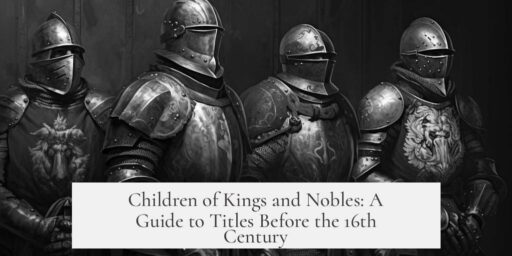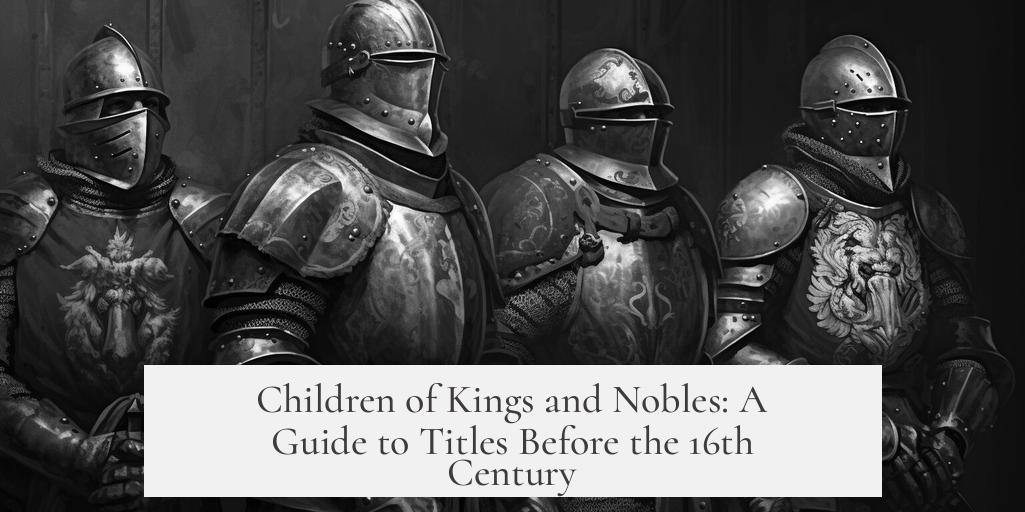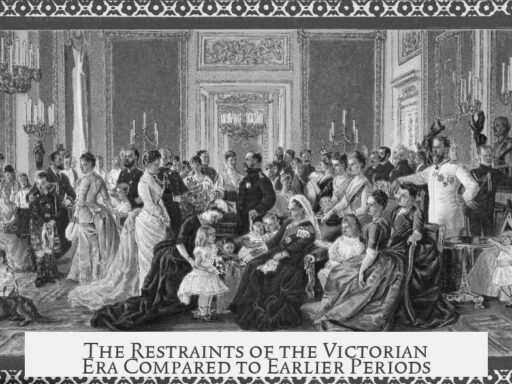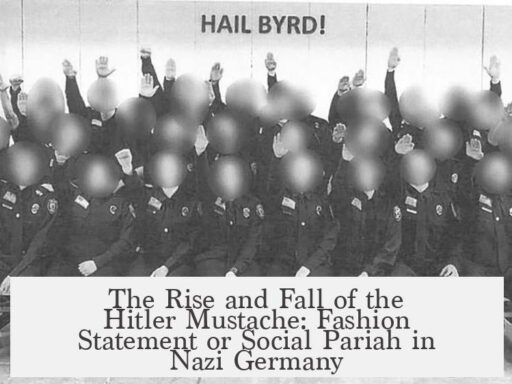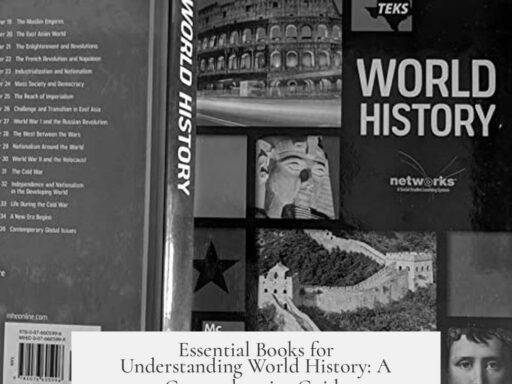Before the 16th century, children of kings and nobles were titled differently depending on the region and period, often reflecting local customs, language, and political structures rather than a universal system.
In Anglo-Saxon England, royal children, particularly potential heirs, were termed Ætheling. This term initially meant anyone of noble royal blood but tightened over time to designate specifically the heir(s) apparent. Succession was not strictly by primogeniture but influenced by election through a council called the Witan. For example, after King Harold Godwinson died at Hastings, some elected Edgar Ætheling as king despite competing claims. Notably, Henry I’s son William was Latinised as William Adelin, deriving from Ætheling.
Following the Norman Conquest, English princes and princesses became officially titled as such. The title “Prince” emerged prominently with heirs apparent, who typically held geographic-linked titles. The earliest form of this was “Prince of Wales,” established around 1301 for the English heir. Other royal children were often named for their birthplace, not lordship, such as Edward of Woodstock (“the Black Prince”). Their everyday references included geographical tags or occasionally nicknames tied to appearance or personality, e.g., Edward Longshanks or John Lackland, but these were informal and not official titles.
Titles like “Lord” or “Lady” were less common and mostly informal for royal children prior to the Hanoverian succession. For instance, Edward Longshanks was sometimes called “Lord Edward,” but this was a colloquialism rather than an official style.
In France, the formal title for the heir apparent only emerged in the mid-14th century with the creation of the Dauphin (after 1349). The title originated from the County of Vienne, whose emblem displayed dolphins. Before that, French royal sons had no standardized titles. The younger sons of the Capetian and Valois kings were often granted appanages—lands and titles like Duke of Burgundy or Count of Vermandois — but these were more about territorial control than formal princely styles.
The French nobility before the 16th century rarely styled daughters as “Princess.” Instead, noble daughters typically took titles derived from their family’s main holdings or husbands’ titles. Women such as Adele, daughter of William the Conqueror, called themselves countesses or simply “daughter of King,” rather than princesses. The title “Prince” in France became more widespread among royal family members following the Valois ascension, usually through the style “Prince of the Blood,” indicating royal lineage rather than noble birth.
In the Holy Roman Empire, titles varied significantly. There was a clear distinction between the terms Fürst and Prinz. The Fürst was a rank for sovereign or semi-sovereign heads of noble dynasties and roughly translated as “Prince” in English. However, it did not denote royal blood.
The son of a King or Emperor was the Prinz. Latin translations of these German titles conflated them under princeps, which complicated direct equivalences. The English adopted “Prince” for royal offspring, largely replacing the Anglo-Saxon term Ætheling. This led to situations where English and German nobles might both be called “Prince” in English, though from very different ranks. For instance, Electors in the Empire were Kurfürst—electoral princes—powerful but non-royal.
| Region | Title for Heirs | Title for Other Children | Special Notes |
|---|---|---|---|
| Anglo-Saxon England | Ætheling | Not clearly defined beyond Ætheling | Heirs elected by Witan council |
| Post-Norman England | Prince of Wales (heir), Prince/Princess | Usually named by birthplace (e.g., “of Woodstock”) | Informal use of Lord/Lady |
| France | Dauphin (after 1349) | No formal princess title; used noble titles | Appanages given to younger sons |
| Holy Roman Empire | Prinz (king’s son) | Fürst (head of noble family, non-royal) | Latin translation caused title overlaps |
- Titles for royal children were not standardized globally but rooted in local law and tradition.
- In England, “Prince” and “Princess” became official only after Norman influence; earlier terms focused on royal blood like Ætheling.
- French heirs only acquired a formal title, Dauphin, in the mid-1300s; daughters and other nobles rarely used princely titles.
- German-speaking nobles distinguished between Fürst (noble lord) and Prinz (royal son), but English rendered both as “Prince.”
How Exactly Were the Children of Kings and Nobles Titled BEFORE the 16th Century?
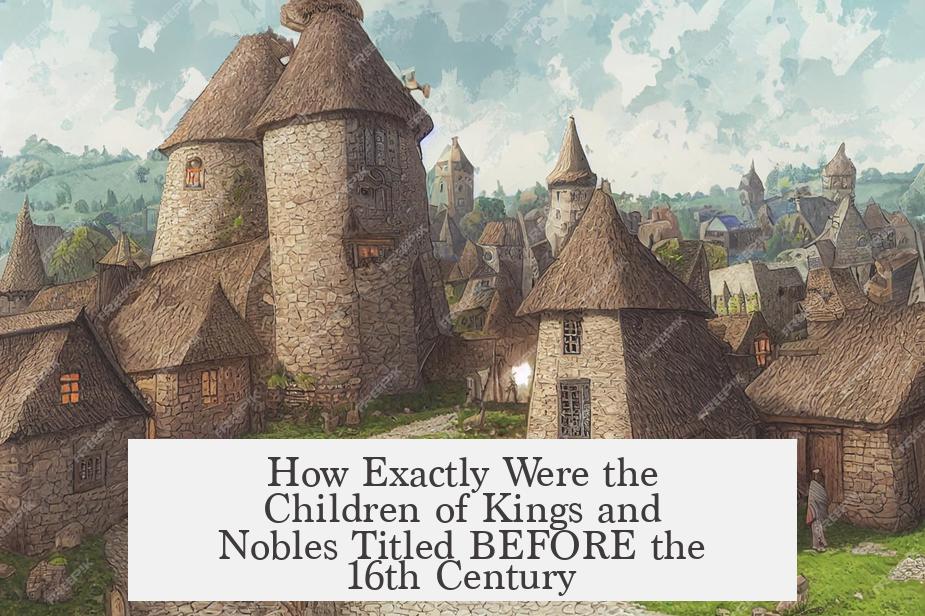
Before the 16th century, the children of kings and nobles used a rich tapestry of titles that varied widely depending on the region, culture, and time period. The title “Prince” or “Princess,” as casual as it sounds today, was not always the default label for royal offspring. Instead, the landscape of noble titles was a fascinating mix of tradition, evolving language, political power, and even geography.
Now, take a deep breath and imagine… You’re a royal child in early medieval England or France, or somewhere within the complex Holy Roman Empire. What name would you wear? Would it be a grand “Prince of This or That,” or a simple label that marked you as ‘of royal blood’ with a dash of local flavor?
The Anglo-Saxon Æthelings: Royal Blood Before “Prince” Became Popular
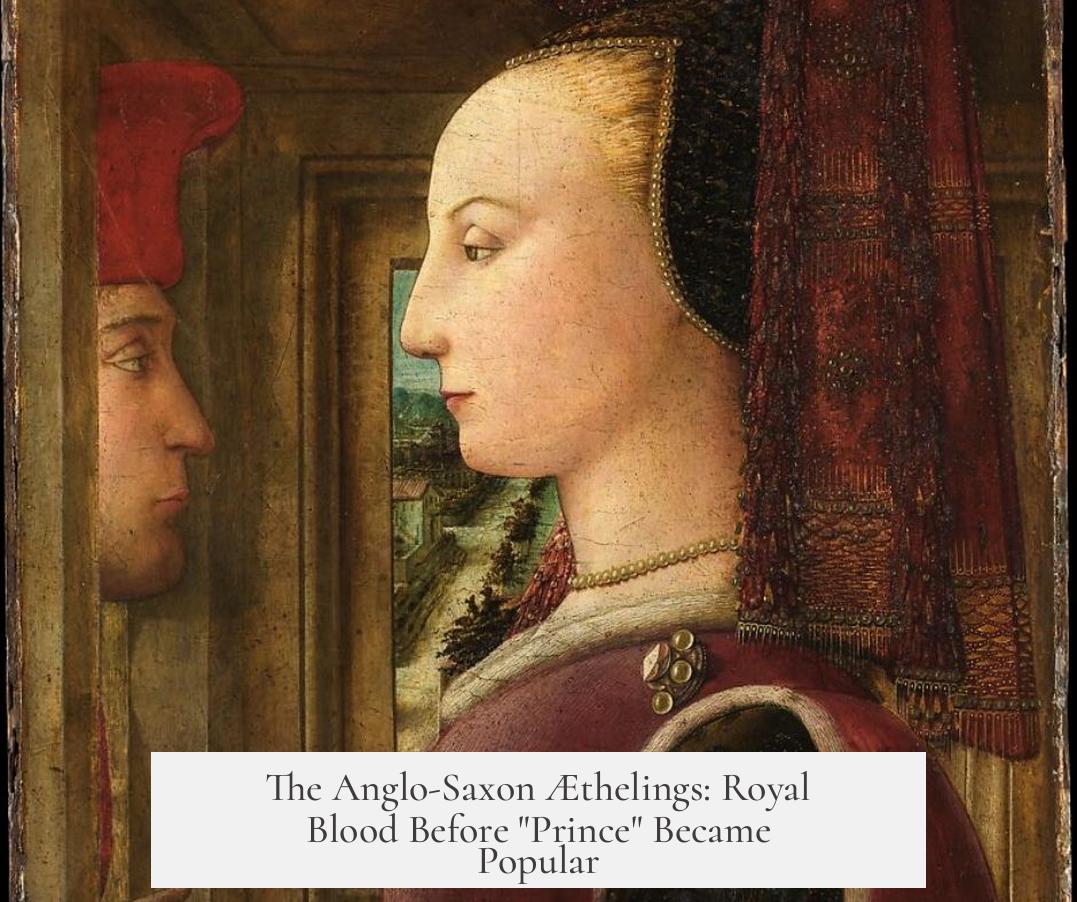
Let’s rewind to Anglo-Saxon England. Before “Prince” strutted onto the English stage, there was a word packed with meaning: Ætheling.
Ætheling began as a term meaning anyone with royal blood but soon tightened its scope to mean a very special club member — a potential heir to the throne. In other words, not just any king’s kidmaking, but the next in line or serious contender.
Succession wasn’t cut-and-dried like the eldest-son-must-inherit method we often assume. A council known as the Witan played kingmaker, picking from eligible sons and brothers. Think of it as a medieval royal version of a startup’s board selecting the next CEO.
Consider the famous example of Edgar Ætheling, elected king by some after Harold Godwinson died at Hastings in 1066. Despite William the Conqueror’s claim, some folks preferred Edgar, showcasing how the Ætheling clout carried weight even in crises. Henry I’s son was called William Adelin—a Latin twist on Ætheling—keeping the title’s spirit alive.
After the Norman Conquest: Enter Prince and Princess, Styled by Birthplace
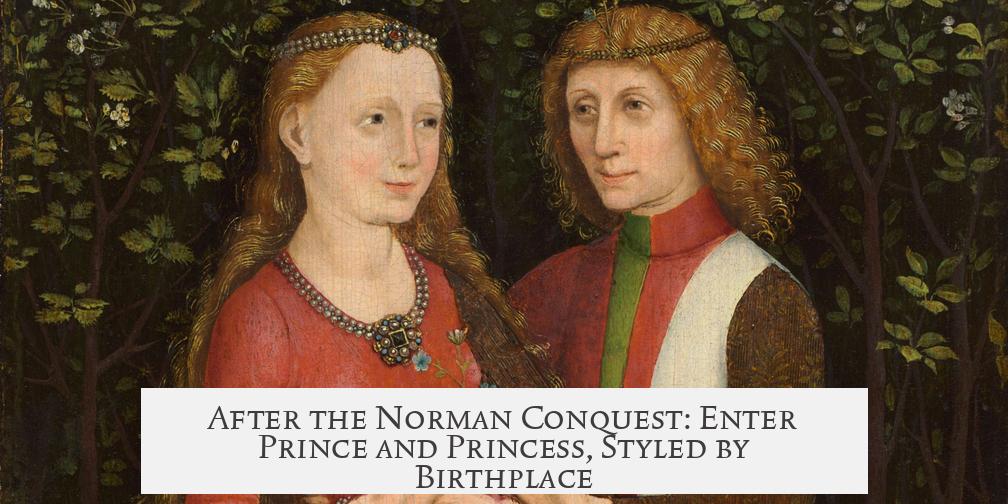
The Norman Conquest (1066) brought big changes to England’s royal naming game. Suddenly, the children of kings were called Princes and Princesses. But here’s a twist: many of these royal kids were known not just by their birthright but also by their place of birth. Yes, geography got a starring role in titles.
- Edward of Woodstock, later dubbed the Black Prince, was born in Woodstock, Oxfordshire. His “of Woodstock” was more birthplace tag than lordship title.
- Mary of Woodstock and Elizabeth of Rhuddlan carried their birthplaces as part of their identity.
These geographic monikers helped folks identify royal offspring but didn’t confer actual ruling power over those areas. No secret lordship over Woodstock, just a royal birth stamp saying, “I’m Edward… born at Woodstock.”
Nicknames also brightened the medieval naming scene. Henry of Westminster, Joan of Kent, or John of Gaunt carried geographic nicknames. Meanwhile, personality or appearance earned labels like Edward Longshanks or John Lackland. But these were informal, a bit like celebrity sobriquets rather than official titles.
Now, you might ask, “Did all the king’s kids get to be Princes or Princesses?” Not really. The heir apparent got the formal title “Prince of Wales” starting in 1301, anchoring his princely status to a geographical duchy. Other children didn’t seem to consistently bear the “prince” label formally until later.
Sometimes, children of monarchs were casually called “Lord” or “Lady” before the Hanoverian rebranding of titles but mainly for informal reference. Even Edward Longshanks, King Edward I as a young man, was cheekily called “Lord Edward”—a nickname more than an official role.
French Royal Offspring: Dauphin and the Rise of the Prince of the Blood

Across the Channel, things looked a bit different in medieval France. The title Dauphin is the star of the show—but that title didn’t always exist.
Before 1349, French kings’ children didn’t have a set title like “Prince.” Then came the Dauphin, a title born out of some clever heraldry: the County of Vienne sported dolphins on its coat of arms, and when Humbert II sold the Dauphinate to King Philippe VI, it transformed the rank into heir apparent royalty.
Philippe VI’s gift of the Dauphin title to his eldest grandson institutionalized it as the badge of French royal heirs. So before then? No standard heir title in France, just noble lineage without formal styling.
For younger sons, the royal family often dished out appanages—landed estates like Burgundy or Anjou. These grants came with noble titles such as Duke or Count and helped secure their status. But the kids themselves weren’t necessarily called Princes just for being noble sons.
Interestingly, the label “Prince of the Blood” came into vogue post-Valois dynasty, signifying closeness to royal blood but not necessarily bestowing formal titles at birth. Nobles’ kids? Rarely called Princess or Prince unless genuinely royal bloodline.
Translations of medieval letters reveal how noble daughters styled themselves. For example, Adele, daughter of William the Conqueror, preferred “countess” or “daughter of King William,” never “princess.” Eleanor of Aquitaine proudly bore duchess and queen titles but oddly skipped ‘princess.’
The Holy Roman Empire’s Quirky Distinctions: Fürst vs. Prinz

Moving east to the sprawling Holy Roman Empire, things get even more interesting. Here, a German noble is called fürst, often translated as “prince,” but it’s not the same as a royal prince.
Fürst means head of a noble family or clan, perhaps akin to a chief or lord, but not royal blood—think of it as the CEO of a noble branch, not the king’s son.
The sons of kings or Kaisers got the title prinz—the actual “prince” in our modern sense. This German subtlety often got mixed up because when translating to Latin, fürst became princeps, a word meaning “first” or “chief,” echoing the Roman title for Augustus, the “First Citizen.” English adopted princeps to mean royal offspring, while German usage remained more nuanced.
Why is this important? It shows how linguistic evolution and translation shaped how titles were understood across Europe. English royals ended up with “prince” for their children, but German nobles with very different ranks also bore what English speakers called “prince.”
Summing Up the Noble Titles Before the 16th Century
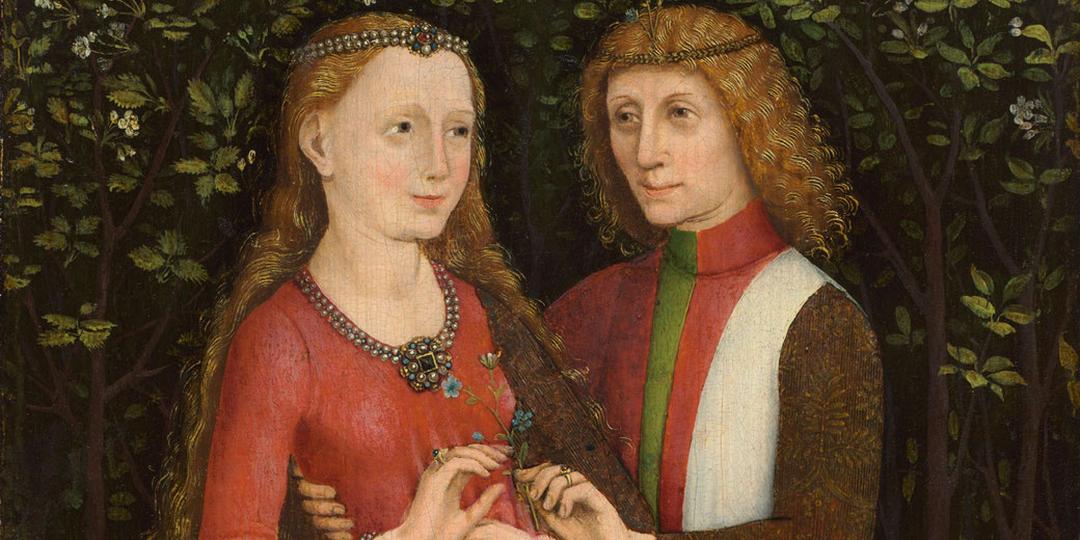
| Region | Children of Kings and Nobles | Common Titles/Terms | Notable Practices |
|---|---|---|---|
| Anglo-Saxon England | Royal Children, Heirs | Ætheling (potential heir) | Witan council elected king; Ætheling initially any royal blood, then heir-specific |
| England (Post-Norman) | Royal Children | Prince, Princess; “of [Place]” naming | Heir titled Prince of Wales from 1301; other children often named by birthplaces not lordships |
| France | Royal Heirs & Nobles | Dauphin (heir after 1349); dukes, counts (appanages) | Appanages to younger sons; no princess title for noble daughters; nobility styled mostly by land titles |
| Holy Roman Empire | Royal & Noble Children | Prinz (royal sons); Fürst (noble heads) | Fürst = noble, non-royal; Prinz = royal son; Latin translation muddled distinctions |
What does this mean for today’s royalty buffs and history nerds?
Titles were far from uniform before the 16th century. Words like “Prince” or “Princess” did not automatically label all royal children, especially outside England. The rich variety of terms reflected the political systems, linguistic changes, and social structures of the time.
So if your mental image of a prince is a boy with a crown calling himself “Prince Charming,” you’re skipping the centuries of nuance where a royal heir could be an Ætheling or a Dauphin. Titles mixed official rank, birthright, geography, and sometimes sheer happenstance.
Pro tips if you’re digging into medieval noble titles:
- Look for the context! A “Prince” in England is different from a “Fürst” in Germany or a “Dauphin” in France.
- Don’t expect consistent rules. Medieval succession and title customs evolved and overlapped.
- Geographical epithets usually indicated birthplace or appanage possession, but rarely actual sovereignty.
- Nicknames might sound official but were often a colorful way to separate one Edward or John from another.
- Titles passed down or assigned as political tools—land grants and appanages were handy royal handouts.
Ultimately, royal children’s titles before the 16th century tell a story of how identity, power, and family politics intertwined in the dance of medieval Europe. They remind us that history is always more complex than the comfortable fairy tale labels we casually throw around today!
So next time you read about a “Prince Edward” or “Dauphin Charles,” stop and think: what exactly did that mean in *their* time? Were they a true ruler, heir, or just a noble lad with a fancy title? Names can be deceiving, but they also open doors to fascinating histories.
